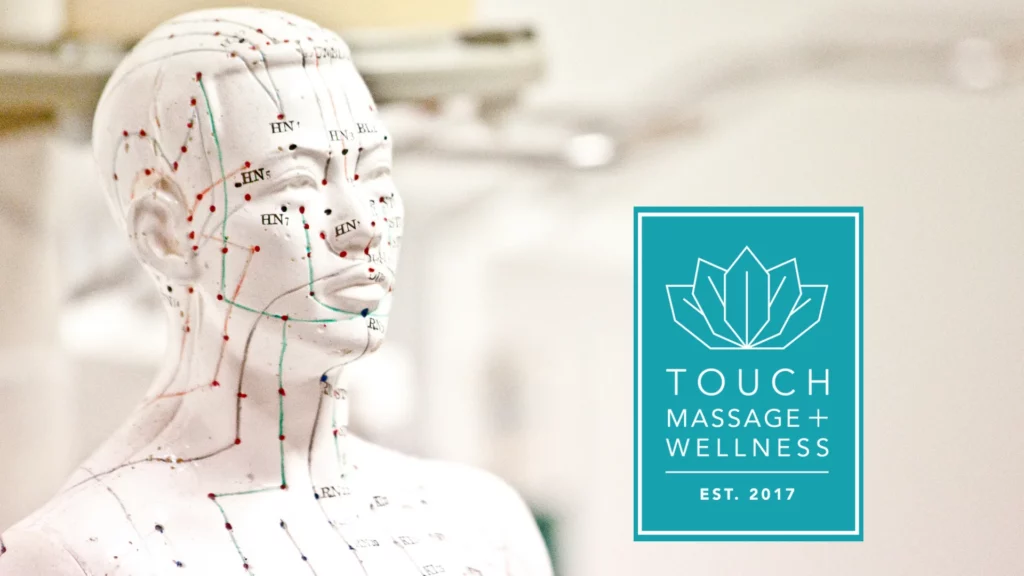Methods of acupuncture vary widely, each offering unique benefits tailored to your specific health needs. As you examine this ancient practice, understanding the distinctions between styles like Traditional Chinese Medicine, Japanese acupuncture, or auricular therapy can greatly impact your healing journey. This guide aims to help you identify which acupuncture method aligns best with your wellness goals, ensuring a more personalized and effective experience. Let’s explore how these different types of acupuncture practices can cater to your health and wellness.
Key Takeaways:
- Diverse Methods: Acupuncture offers various techniques such as traditional Chinese acupuncture, electro-acupuncture, and trigger point acupuncture, each catering to different conditions and preferences.
- Personalization: Selecting the appropriate acupuncture method depends on individual health goals, specific ailments, and personal comfort, making it important to consult with a qualified practitioner.
- Research and Communication: Understanding the different types of acupuncture and openly discussing options with a healthcare provider can lead to better treatment outcomes and enhanced therapeutic experience.
Understanding Acupuncture
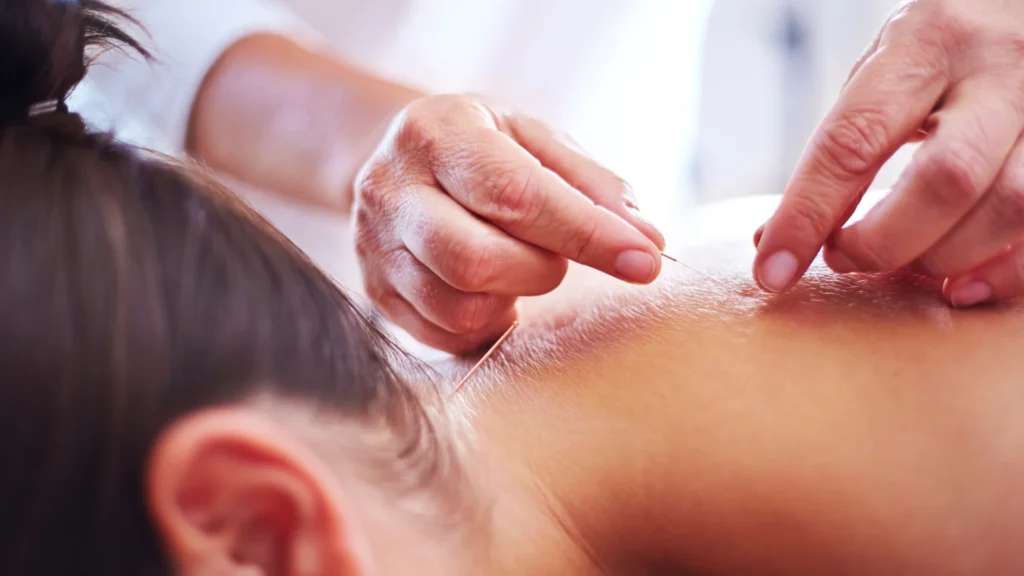
Your
journey into acupuncture treatment begins by understanding its core principles and practices. This traditional Chinese medicine technique involves inserting thin needles into specific points on the body to promote healing and balance. These acupoints correspond to various physiological functions, aiming to restore harmony between the body’s energy, known as Qi. Acupuncture can alleviate a range of issues, from chronic pain to stress, making it a versatile approach for enhancing your overall well-being.
History and Philosophy
Above all, the history of acupuncture dates back thousands of years, originating in ancient China. Initially based on the philosophical concepts of Yin and Yang, as well as the theory of Qi, acupuncture evolved into a sophisticated practice integrating various schools of thought. The foundational belief is that health results from a balanced flow of energy throughout your body, and acupuncture serves as a method to correct any imbalances, ultimately promoting physical and mental health.
Mechanisms of Action
History shows that while acupuncture has ancient origins, modern science has made significant strides in understanding its mechanisms of action. The insertion of needles stimulates your nervous system, which may lead to the release of endorphins and other neurochemicals, promoting pain relief and emotional balance.
Further exploration of acupuncture’s mechanisms reveals exciting insights into how this practice influences your body. Research indicates that acupuncture can positively affect the autonomic nervous system, enhancing blood flow and reducing inflammation. By interacting with your body’s pain pathways, acupuncture also alters the perception of pain, leading to both immediate and cumulative effects. This further strengthens its reputation as an effective treatment for various conditions, including migraines, arthritis, and anxiety, allowing you to choose the best approach for your health needs.
Types of Acupuncture Techniques
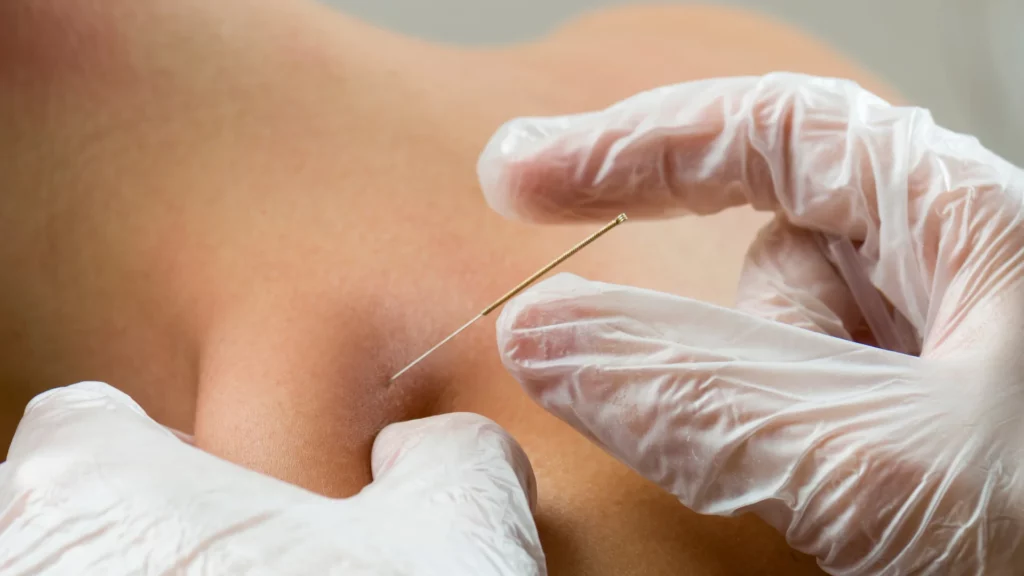
Any form of acupuncture can have unique benefits depending on your specific needs. The various techniques include:
- Traditional Chinese Acupuncture
- Japanese Acupuncture
- Korean Hand Acupuncture
- Auricular Acupuncture
- Electro-Acupuncture
Assume that exploring these methods will help you find the one that best suits your health journey.
| Technique |
Description |
| Traditional Chinese Acupuncture |
Ancient method focusing on Qi balance and meridian pathways. |
| Japanese Acupuncture |
Gentler approach emphasizing the pulse and abdominal diagnosis. |
| Korean Hand Acupuncture |
Utilizes the hand’s points to treat the whole body. |
| Auricular Acupuncture |
Focuses on the ear to address various health issues. |
| Electro-Acupuncture |
Incorporates electrical stimulation for enhanced treatment. |
Traditional Chinese Acupuncture
With traditional Chinese acupuncture, practitioners focus on balancing the body’s energy, or Qi, through meridian pathways. This ancient practice involves inserting fine needles into specific points to stimulate the body’s natural healing processes. It is often used to address a wide range of conditions, from stress to chronic pain, by restoring harmony within your body.
Japanese Acupuncture
Below is the Japanese approach to acupuncture that is known for its gentler techniques and emphasis on your pulse and abdomen. This method utilizes thinner needles and generally focuses more on the body’s sensitivity and comfort, making it an excellent choice for those who may feel anxious about traditional acupuncture. Its holistic understanding of health encourages a nurturing environment tailored to your needs.
Chinese practitioners have recognized the effectiveness of Japanese acupuncture techniques, which often involve less invasive methods and may resonate better with patients seeking relief without discomfort. This style not only focuses on treating symptoms but also emphasizes overall well-being, making it an appealing option for many.
Korean Hand Acupuncture
Chinese principles influence Korean hand acupuncture, which locates points on the hands to treat various health concerns throughout your body. This method is particularly convenient as it allows for non-invasive treatment that can be easily performed in a variety of settings. It is recognized for its effectiveness in addressing pain and other imbalances using the intricate relationship between the hand and the rest of the body.
The simplicity of Korean hand acupuncture makes it an appealing option for individuals who may be hesitant about more traditional acupuncture techniques. Its ability to deliver results with minimal intervention allows patients to harness their own healing potential through targeted stimulation of key acupoints in the hand.
Auricular Acupuncture
After exploring auricular acupuncture, you’ll find it focuses on the ear, believed to have connections to various organs and systems in your body. By stimulating specific points within the ear, practitioners aim to address a multitude of conditions, including addiction, anxiety, and pain management. This method provides a non-invasive option suited for individuals looking for alternative healing techniques.
Japanese insights into auricular acupuncture have enriched this practice, emphasizing the placement of needles in precise locations to maximize effectiveness. This tailored technique draws on the unique structure of your ear, providing you with a highly localized treatment option that can promote overall health and balance.
Specialized Acupuncture Practices
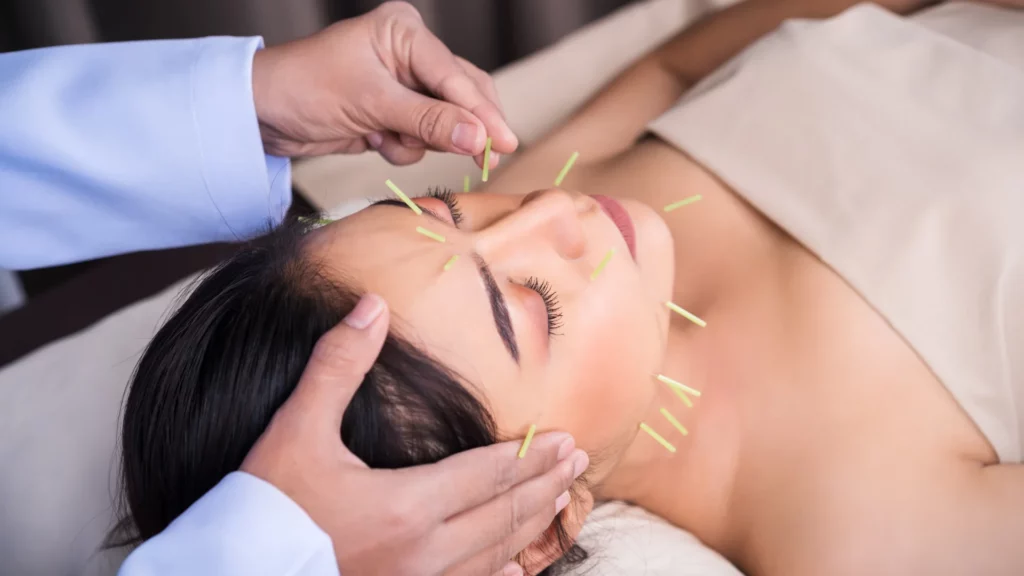
To truly understand the breadth of acupuncture, it’s crucial to explore specialized practices tailored to specific needs. Whether you’re addressing chronic pain, stress relief, or enhancing overall wellness, these techniques can be life-changing. Learn more in our article on
Acupuncture for Everyone: Exploring Different Types of ….
Electro-Acupuncture
Specialized in combining traditional needle techniques with electrical stimulation, electro-acupuncture enhances the effects of standard acupuncture. This approach helps in pain management and improving circulation, making it a sought-after choice for individuals seeking effective treatment options.
Dry Needling
Behind this technique lies the targeted insertion of thin needles into myofascial trigger points to relieve muscle tension and pain. While similar to acupuncture, dry needling focuses on specific muscle groups and can be especially beneficial for injuries and chronic musculoskeletal issues.
Indeed, dry needling is gaining popularity among athletes and physical therapy patients alike. By addressing tight areas of muscle, this method promotes quicker recovery and enhances overall function, often yielding fast results. If you experience persistent muscle soreness, consulting a practitioner experienced in dry needling might be highly advantageous.
Acupressure vs. Acupuncture
Among the diverse approaches, acupressure and acupuncture are two methods often compared. Acupressure employs finger pressure on specific points, while acupuncture uses needles. Both aim to activate your body’s healing processes but may cater to different preferences and comfort levels.
Acupressure, which requires no needles, can be a more accessible alternative, allowing you to apply pressure at home or in sessions with a practitioner. It’s particularly effective for relaxation and relieving tension, making it an excellent option if you’re seeking an alternative to needle-based treatments.
Choosing the Right Acupuncture Method
All acupuncture methods offer unique benefits, and selecting the best one for your specific situation involves thorough consideration. Factors such as your health goals, preferences, and any existing medical conditions play a role in your decision. To explore various types, check out
The Ultimate Guide to the Different Types of Acupuncture for insightful advice.
Evaluating Individual Needs
Method selection starts with understanding your personal health needs and treatment objectives. Are you seeking relief from chronic pain, stress reduction, or assistance with fertility? Each method addresses different concerns, so you should clearly define your goals to find the best fit.
Consulting with Practitioners
Needs assessment is fundamental before starting acupuncture treatments. An experienced practitioner can provide valuable insights and recommend the most suitable methods based on your condition. They will discuss your health history, preferences, and desired outcomes, ensuring that you feel comfortable and informed throughout the process.
Also, practitioners often conduct a thorough evaluation, which may include a physical exam and lifestyle assessment. This comprehensive approach allows them to tailor the treatment more effectively, maximizing your chances of achieving the results you desire. Open communication during this consultation will enhance your experience and ensure that your specific needs are adequately addressed.
Safety and Risks of Acupuncture
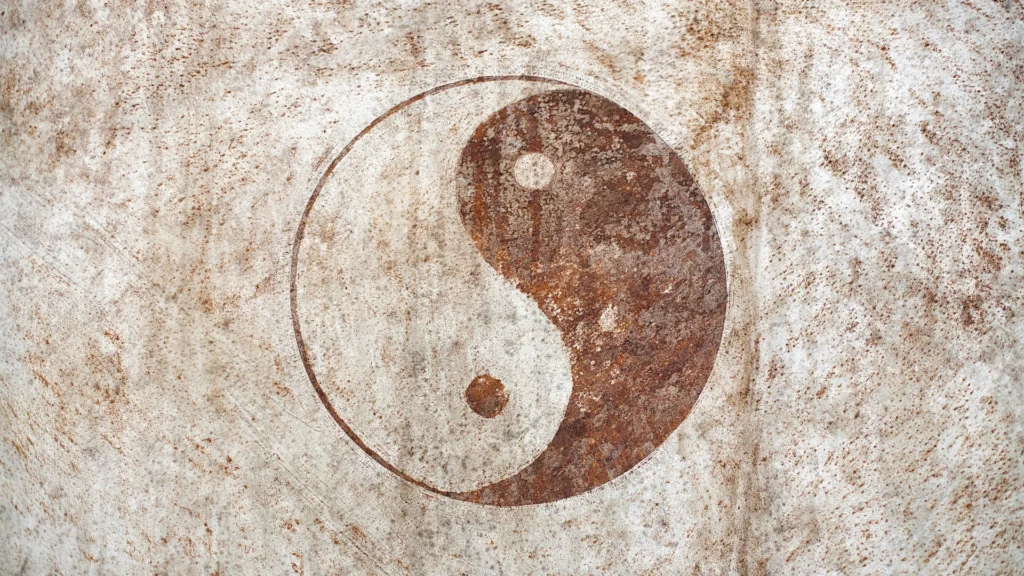
After considering the various acupuncture methods, it’s imperative to understand the safety and potential risks associated with this practice. Most individuals find acupuncture to be a safe treatment option when performed by a trained practitioner. However, possible side effects can occur, and being aware of them can help you make an informed decision regarding your treatment.
Common Side Effects
Around 10-15% of people may experience mild side effects after an acupuncture session, such as bruising, soreness, or slight discomfort at the needle insertion sites. Fatigue and light-headedness can also occur, though these sensations typically dissipate quickly. Being well-informed about these potential reactions can help you manage your expectations and enhance your overall experience.
Precautions and Contraindications
Behind the general safety of acupuncture, there are specific precautions and contraindications you should consider before receiving treatment. It is advisable to consult with your healthcare provider if you are pregnant, have a bleeding disorder, or are on blood thinners, as acupuncture may not be suitable for you in these scenarios.
Due to the varying health statuses and conditions, it’s vital to discuss any medical issues with your acupuncturist before starting treatment. Conditions such as infections, skin lesions, or severe anxiety may warrant caution or alternative therapies. Also, if you are taking medications for chronic health issues, your practitioner should be informed to ensure a safe and effective treatment plan tailored to your specific needs.
Exploring Different Types Of Acupuncture Conclusion
Conclusively, exploring the various types of acupuncture allows you to make informed choices about your treatment options. By understanding the unique benefits and techniques of each method, you can align your wellness goals with the approach that resonates most with your body and health needs. Whether you gravitate towards traditional Chinese acupuncture, dry needling, or electro-acupuncture, assessing your preferences and concerns will help you achieve the best results. Trust in the process, and be open to discovering the form of acupuncture that best supports your journey to well-being.
Q: What are the different types of acupuncture methods available?
A: There are several distinct types of acupuncture, each with its unique approach and benefits. Some of the most popular methods include Traditional Chinese Medicine (TCM) Acupuncture, which focuses on balancing the body’s energy or ‘
Qi‘; Japanese Acupuncture, known for its gentle techniques and emphasis on palpation; and Electro-Acupuncture, which utilizes electrical currents to enhance the effects of traditional acupuncture. Other methods include Auricular Acupuncture, which targets the ear to address systemic issues, and Dry Needling, often used by physical therapists, focusing on muscular pain relief. Understanding these variations can help you choose the method that best aligns with your needs and health goals.
Q: How do I determine which acupuncture method is best for my condition?
A: To determine the most suitable acupuncture method for your specific condition, it’s necessary to consult with a qualified acupuncturist. They will conduct a thorough assessment of your health history and current issues. Different methods may target various symptoms, so sharing your concerns openly is important. Additionally, personal preferences regarding treatment style—such as sensitivity to needles or the desire for a holistic approach—can influence your choice. The practitioner may also recommend a combination of techniques based on your unique situation to optimize overall effectiveness.
Q: What should I expect during my first acupuncture session?
A: During your first acupuncture session, you can expect a comprehensive evaluation, including a discussion of your health history and specific issues you’re facing. The acupuncturist will then select the appropriate acupuncture method based on your needs. You’ll typically lie down in a comfortable position, and the practitioner will insert thin needles into specific points on your body. Many people describe the sensation as a slight pinch or tingling. The session usually lasts around 45 minutes to an hour, during which the practitioner may check in on your comfort levels. Afterward, they may provide recommendations for follow-up sessions or complementary therapies to enhance your experience.
 Your journey into acupuncture treatment begins by understanding its core principles and practices. This traditional Chinese medicine technique involves inserting thin needles into specific points on the body to promote healing and balance. These acupoints correspond to various physiological functions, aiming to restore harmony between the body’s energy, known as Qi. Acupuncture can alleviate a range of issues, from chronic pain to stress, making it a versatile approach for enhancing your overall well-being.
Your journey into acupuncture treatment begins by understanding its core principles and practices. This traditional Chinese medicine technique involves inserting thin needles into specific points on the body to promote healing and balance. These acupoints correspond to various physiological functions, aiming to restore harmony between the body’s energy, known as Qi. Acupuncture can alleviate a range of issues, from chronic pain to stress, making it a versatile approach for enhancing your overall well-being.
 Any form of acupuncture can have unique benefits depending on your specific needs. The various techniques include:
Any form of acupuncture can have unique benefits depending on your specific needs. The various techniques include:
 To truly understand the breadth of acupuncture, it’s crucial to explore specialized practices tailored to specific needs. Whether you’re addressing chronic pain, stress relief, or enhancing overall wellness, these techniques can be life-changing. Learn more in our article on Acupuncture for Everyone: Exploring Different Types of ….
To truly understand the breadth of acupuncture, it’s crucial to explore specialized practices tailored to specific needs. Whether you’re addressing chronic pain, stress relief, or enhancing overall wellness, these techniques can be life-changing. Learn more in our article on Acupuncture for Everyone: Exploring Different Types of ….
 After considering the various acupuncture methods, it’s imperative to understand the safety and potential risks associated with this practice. Most individuals find acupuncture to be a safe treatment option when performed by a trained practitioner. However, possible side effects can occur, and being aware of them can help you make an informed decision regarding your treatment.
After considering the various acupuncture methods, it’s imperative to understand the safety and potential risks associated with this practice. Most individuals find acupuncture to be a safe treatment option when performed by a trained practitioner. However, possible side effects can occur, and being aware of them can help you make an informed decision regarding your treatment.
 Your journey into acupuncture treatment begins by understanding its core principles and practices. This traditional Chinese medicine technique involves inserting thin needles into specific points on the body to promote healing and balance. These acupoints correspond to various physiological functions, aiming to restore harmony between the body’s energy, known as Qi. Acupuncture can alleviate a range of issues, from chronic pain to stress, making it a versatile approach for enhancing your overall well-being.
Your journey into acupuncture treatment begins by understanding its core principles and practices. This traditional Chinese medicine technique involves inserting thin needles into specific points on the body to promote healing and balance. These acupoints correspond to various physiological functions, aiming to restore harmony between the body’s energy, known as Qi. Acupuncture can alleviate a range of issues, from chronic pain to stress, making it a versatile approach for enhancing your overall well-being.
 Any form of acupuncture can have unique benefits depending on your specific needs. The various techniques include:
Any form of acupuncture can have unique benefits depending on your specific needs. The various techniques include:
 To truly understand the breadth of acupuncture, it’s crucial to explore specialized practices tailored to specific needs. Whether you’re addressing chronic pain, stress relief, or enhancing overall wellness, these techniques can be life-changing. Learn more in our article on Acupuncture for Everyone: Exploring Different Types of ….
To truly understand the breadth of acupuncture, it’s crucial to explore specialized practices tailored to specific needs. Whether you’re addressing chronic pain, stress relief, or enhancing overall wellness, these techniques can be life-changing. Learn more in our article on Acupuncture for Everyone: Exploring Different Types of ….
 After considering the various acupuncture methods, it’s imperative to understand the safety and potential risks associated with this practice. Most individuals find acupuncture to be a safe treatment option when performed by a trained practitioner. However, possible side effects can occur, and being aware of them can help you make an informed decision regarding your treatment.
After considering the various acupuncture methods, it’s imperative to understand the safety and potential risks associated with this practice. Most individuals find acupuncture to be a safe treatment option when performed by a trained practitioner. However, possible side effects can occur, and being aware of them can help you make an informed decision regarding your treatment.
